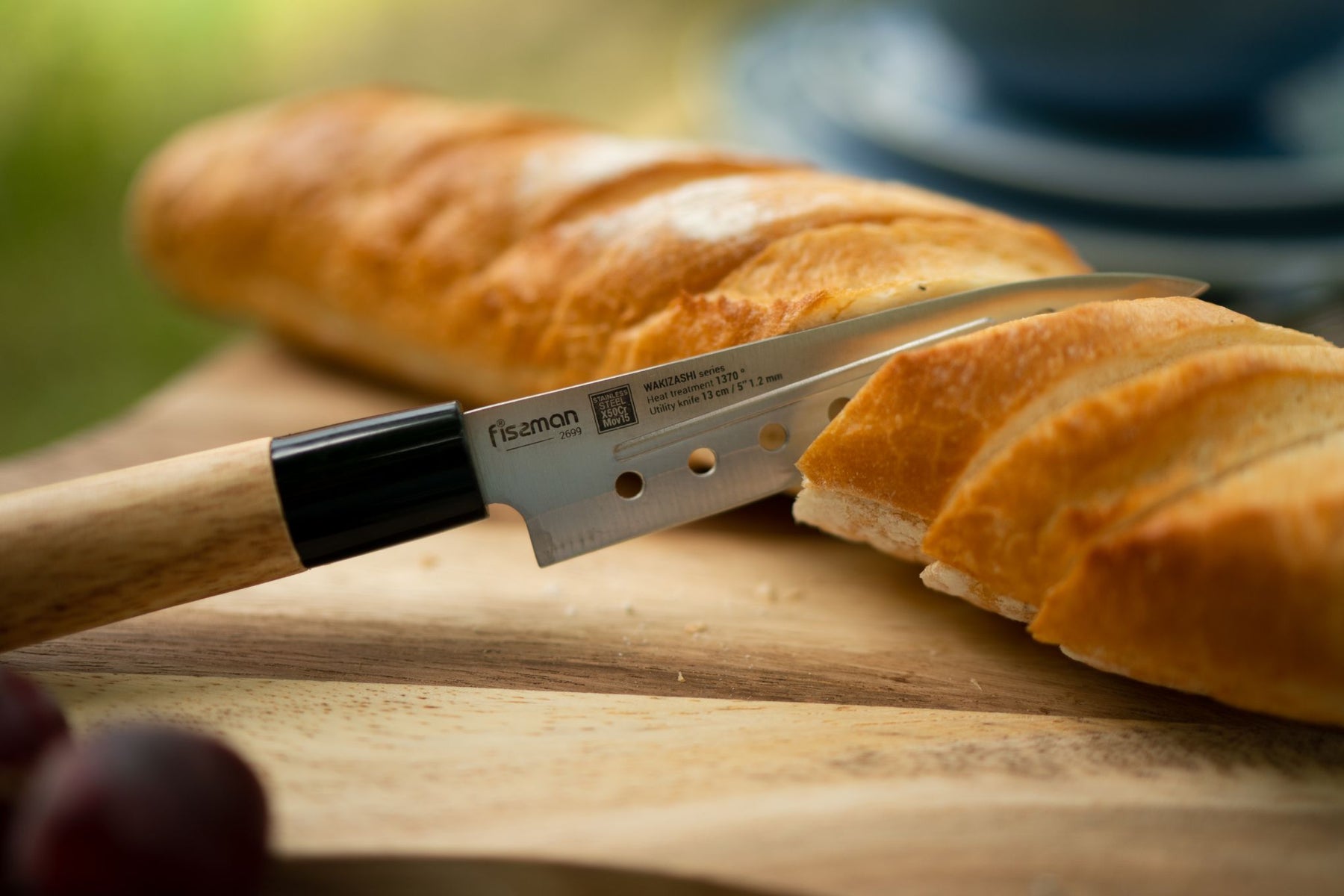
Knife Safety and Usage Tips
How do you use a knife effectively?
Knives are a kitchen staple but can also be dangerous if you're not careful. In fact, according to some estimates, knives are responsible for nearly half of all injuries that occur in the home. As with many things in life, it's essential to know how to use them safely and responsibly.
Here are some basic knife safety tips to keep in mind when you're cooking:
Know the Different Types of Knives.
Knives come in many different shapes, from the sharp-pointed to the broad-bladed. With so many choices, it's important to know what type of knife is best for the job you want to do.
There are a few broad categories of knives:
- Utility Knives: These are general-purpose knives that can be used for most tasks, from slicing bread to chopping vegetables. They have long blades and are suitable for slicing through tough materials like meat or cheese.
- Paring Knives: Paring knives are small utility knives with pointed tips and short blades. They're great for peeling fruits and vegetables but don't have enough heft to cut through tough materials like meat or cheese.
- Serrated Knives: Serrated knives have serrated edges that make them perfect for cutting through fibrous products such as tomatoes or citrus fruit.
- Steak Knives: These knives have long blades with pointed tips and sharp edges on both sides of the blade, making them perfect for cutting through steak or other tough meats like chicken legs and thighs without losing shape.
But what if you want a knife that works well for meat and vegetables? You'll need an all-purpose blade. This has a broad blade for cutting through large pieces of food and serrated edges for slicing through smaller items like tomatoes or apples without crushing them.
It's also important to consider what materials your knives are made from.
Keep Knives Sharp
Sharp knives are the best way to avoid cutting yourself while cutting food.injury. Dull knives are dangerous because they require you to use more force than necessary, resulting in slips that lead to cuts. Make sure your knives are always sharp by using a sharpening stone or steel before each use. If you have a knife set, consider investing in an electric sharpener that will work on all your knives simultaneously.
A dull blade can also make it difficult to cut materials properly, leading to frustration and mistakes. You may miss your mark or accidentally cut yourself while trying to get through the material with a dull knife. Keep your blades sharpened so that they'll do the job quickly and efficiently when you need them most.
Always Cut On a Cutting Board.
For the most part, this is true. It would help if you always cut on a cutting board whenever possible. It keeps the blade from contacting other surfaces like countertops or food prep tables that might be contaminated with germs or bacteria from previous uses. This will help prolong the life of your knife while keeping things cleaner in general as well.
But what kind of cutting board should you use? And what about other materials? Let's go over some of the most common options:
Wood Cutting Boards
Wood is probably the most commonly used material for cutting boards. This material is durable and can be cleaned easily. It also comes in a variety of sizes and shapes. If you're looking for something that's solid but won't take up too much space, several chopping blocks made out of wood can fit right inside your cabinet without taking up too much room.
Plastic Boards
Plastic is probably the most common material for cutting boards in kitchens worldwide. It's inexpensive, easy to find and clean, and can be used for wet and dry foods without any issues. One thing to keep in mind when using plastic is that it may stain if exposed to acidic foods like tomatoes or citrus fruits, so make sure you wash it thoroughly after each use.
Bamboo Cutting Boards
Made from bamboo fiber, this material is very durable and easy to clean. You can use it for anything from chopping vegetables to slicing up a piece of meat, though it may not be ideal for carving meats due to its rigidity.
The only downside is that bamboo can be pretty expensive. However, if you're looking for something long-lasting and beautiful, this might be worth considering as an investment piece.
Use Caution With Serrated Blades
For your and your family's safety, it’s important to use caution when handling serrated blades.
Serrated blades are used in most bread knives and steak knives. They have a jagged edge that looks like saw teeth, which is why they can also be called saw-tooth blades. These blades have special properties that make them great for slicing through tough foods like bread and meat, but they can also be dangerous if not handled properly.
Serrated blades are more likely to cause injury because they don’t have a smooth edge like other knives. Instead, their edges are made of thousands of small teeth, typically very sharp and pointy. Because of this, the blades can cut through many types of material much easier than other knives. Even if the material isn’t very hard, it will still be cut cleanly because there aren’t any jagged edges on the blade to catch on anything else while cutting through it.
However, this ability also means that these knives can cause serious injuries if you accidentally cut yourself with one. Ensure your hands are dry when using a serrated blade. If your hands are wet or greasy, the blade may slip off the material and cut into your skin instead of through it.
Make sure you're holding the handle tightly when using a serrated blade. The serrations will grab onto whatever you're trying to cut, but if you don't have a firm grip on the handle, there's a chance it could slip out of your hand and cut into another part of your body.
If you feel pain or discomfort from a serrated blade (or any other knife), stop immediately and check yourself for injuries before continuing with whatever task you were doing.
Do Not Cut Anything Wet or Damp.
The most common mistake of beginning cooks is to assume that they can cut any vegetable, fruit, or meat with a knife without worrying about its moisture content. This assumption is false and can lead to disastrous results. It's important to remember that knives are sharp, but not all blades work equally well on different foods.
So what should you do instead? Well, make sure everything is dry before you start chopping.
Wet or damp objects are more likely to slip, making them harder to control than dry objects. When cutting something wet, it's best to dry it before cutting. You can use a towel or paper towel to pat it down until it's as dry as possible.
Additionally, if you're cutting something wet and you find yourself struggling with your grip on the knife, try using your other hand to hold onto the object instead of letting go of it altogether. This way, at least one part of your hand will always be on the knife handle, so you won't lose control of it while trying to slice through whatever food item you've chosen for today's meal prep!
Be Sure to Keep Sharp Knives Away From Children at all Times
This is a very important rule of knife safety and usage. The best way to ensure that your children do not come into contact with sharp knives is always to be careful when cooking and cleaning up. You should also ensure that you keep them in a place out of sight, so they cannot see or play with them.
If you have young children, teaching them how to use knives properly may be helpful. This can be done by showing them how the knife will cut things and how it should never be used on people or animals. They should also know that if they ever see a knife lying around unattended, they should tell an adult immediately so that person can pick it up safely.
Always Ensure the Blade is Clean Before Storing it.
This is a pretty obvious step, but you'd be surprised how many people forget to do it. Once you’ve finished cutting, wash the knife off with warm, soapy water and dry it thoroughly before putting it away in its sheath or storage box. You should also ensure that you don’t store your knife near anything that can rust or stain it, like metal dishes or silverware. If possible, keep your knife in a drawer or cabinet where there isn't much moisture or humidity. This will help prevent corrosion and rust on the blade and handle.
Always Cut Away From Hand When Using a Knife.
When using a knife, it's important to remember that the blade will always cut in the direction of your movement. That means if you are pushing the knife away from you, it will cut into whatever you're cutting—so be sure to hold the knife so that it is facing away from your body.
This is especially important when dealing with a sharp knife or when working with foods like meat and cheese. If you're cutting a piece of steak, for example, make sure that your hand isn't in front of the blade as it moves toward the plate. Similarly, when slicing up a block of cheddar cheese or other soft food items, hold onto it with one hand while keeping your other hand out of range of the blade.
The safest way to cut anything is always to cut away from yourself; that way, your blade has no risk of being harmed.
Never Put Your Finger on Top of the Blade While Cutting Something
Never put your finger on top of the blade while cutting something. It's an easy mistake to make, but it's also an easy mistake to avoid by using the right technique.
If you're cutting up produce and need to peel off its skin, place your non-dominant hand over the top of the blade so that it catches any pieces that fly off. If you're using a knife to cut something like bread or cake—or even steak—place your non-dominant hand under the item being cut, which will keep it in place while you slice into it with the other hand.
Remember: if you put your finger on top of the blade while cutting something, there's a chance that you could end up with a cut on your finger!
Takeaway
Knife safety is not just about being careful when handling your knives. It's also about making sure that you're using the right knife for the job and that you're using it correctly.
When choosing a knife, you have many options: there are dozens of different kinds of knives out there, each with its uses and characteristics. Most people don't use every type of knife they own all the time—that'd be exhausting! But knowing what kind of knife will work best in any given situation can make cooking faster and easier and help ensure that your food tastes better (and looks prettier).
Fissman is a great resource for anyone looking to buy knives. The business has been in operation since 2008, and it's one of the oldest knife makers in Germany. We make high-quality products with a focus on safety and usability. Our knives are safe and easy to use, perfect for cooking at home or in professional kitchens.
The best thing about Fissman is that we offer fast shipping on all of our products, so if you're looking for a new knife set or want to stock up on some basic kitchen tools, this should be your first stop.
Sources:
Knife Safety Tips: Handling & Cleaning Tips for the Kitchen (webstaurantstore.com)
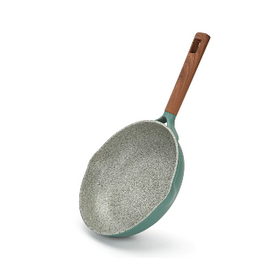
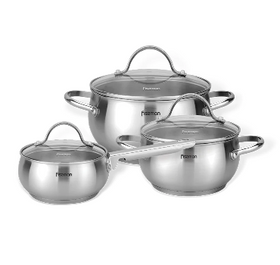
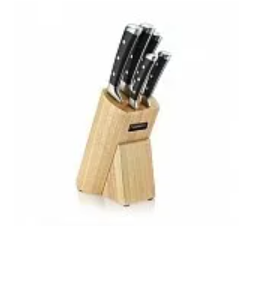
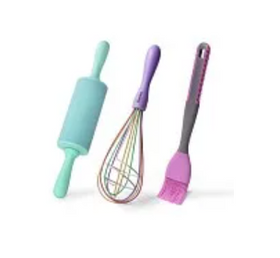

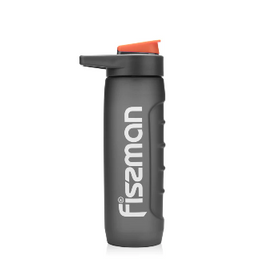
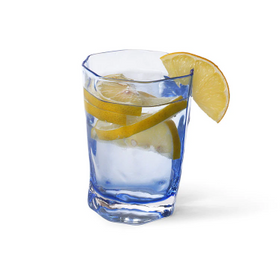




























Leave a comment